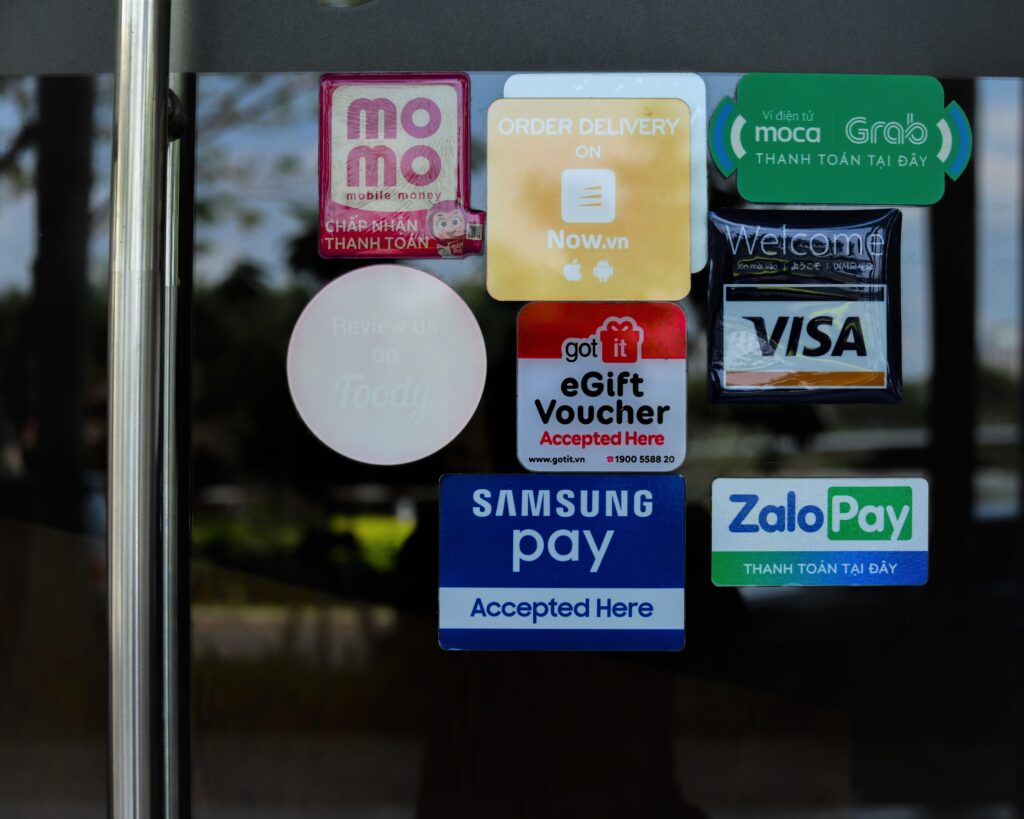
These banks jointly provide phase-linked services, and the actual operation is handled by the bank consortium group Early Warning Service. FT said, “A combination of large banks to check Apple, Google, and X (formerly Twitter), which recently announced its entry into the financial industry,” and added, “Until a few years ago, large banks thought they could win against startups or fintech companies one-on-one, but they are trying to change the trend by seeking various partnerships.”
In fact, JP Morgan recently signed a contract with Amazon and Apple to expand mutual services, including banking services. Citibank also signed a contract to provide part of the capital of the installment payment service introduced by Amazon. The U.S. as well as Britain’s Lloyds Financial Group said it was pursuing partnerships with fintech companies this year, while France’s Orange Bank also announced contracts with fintech companies to develop digital loans and online banking platforms. FT analyzed that it was none other than Apple Pay that led to such a rapid change in the banking industry. “Now, mobile wallets are the biggest battlefield between large banks and technology giants,” FT said. “The bank, which has dominated the payment sector for a long time, is going to give up its status to Apple Pay with a tap-to-pay function.”According to FT, 90% of U.S. retailers are currently accepting Apple Pay payments. According to the survey announcement by market officials, Apple Pay accounts for only 6% of global purchases, but its growth is remarkable, FT said. “Apple Pay users have surged from 60 million five years ago to more than 500 million now.” He pointed out, “This rapid growth has put banks in anxiety.” Regarding Apple Pay’s rapid growth in the payment market, Michael Abbot, head of a large bank at consulting firm Accenture, said, “This is a $40 trillion market experience,” and that it will be able to generate revenue in this market.Obstacles also remain. First of all, the regulators’ eyes are not good. FT said, “From the regulatory authorities’ point of view, I hope the bank will clarify who its customers are,” adding, “The regulatory agency’s investigation into partnerships such as joint services between banks is on the rise.” It is also unclear whether people who have experienced “tap to pay” combined with mobile devices can return to the “phase” app created by banks. An industry official added, “We will have to struggle to get customers who are already used to the convenience of Apple Pay back (to the bank app).”
KS CHOI
US ASIA JOURNAL



